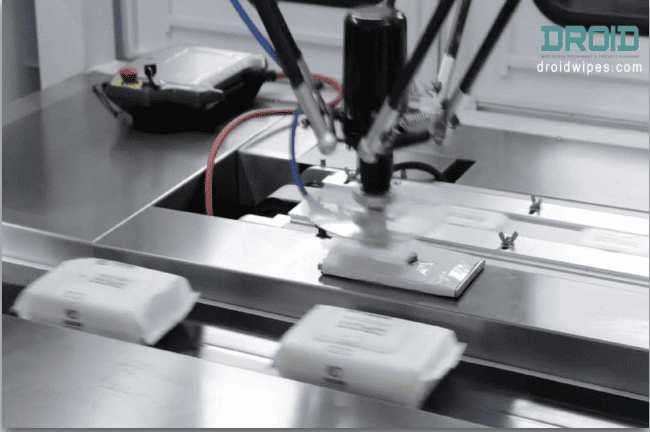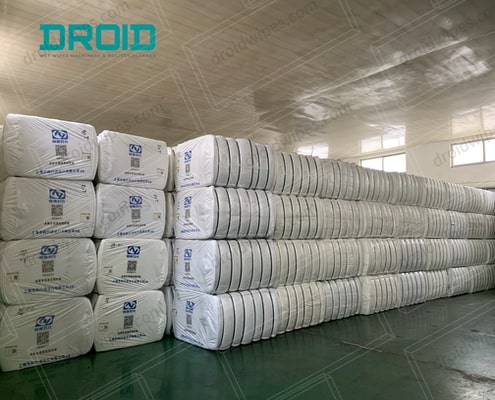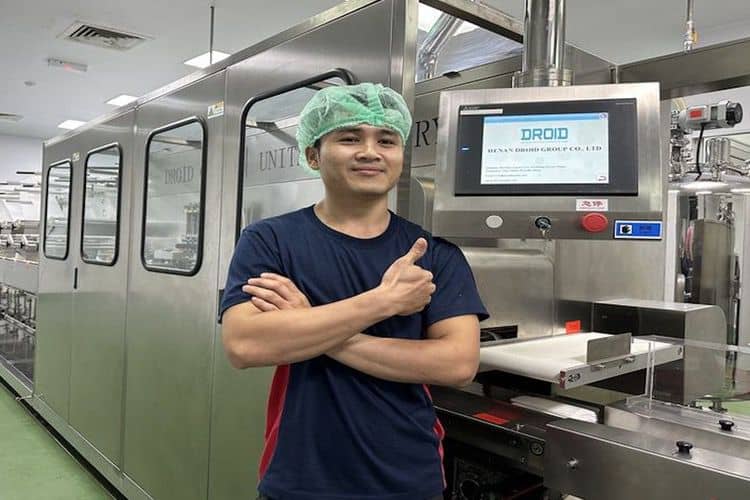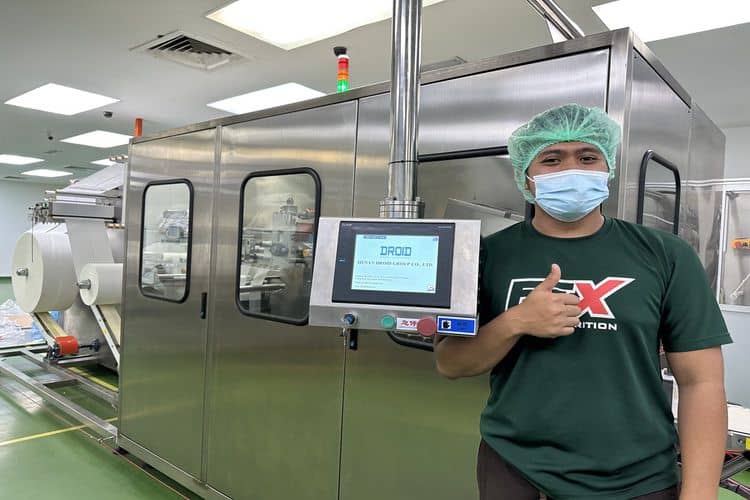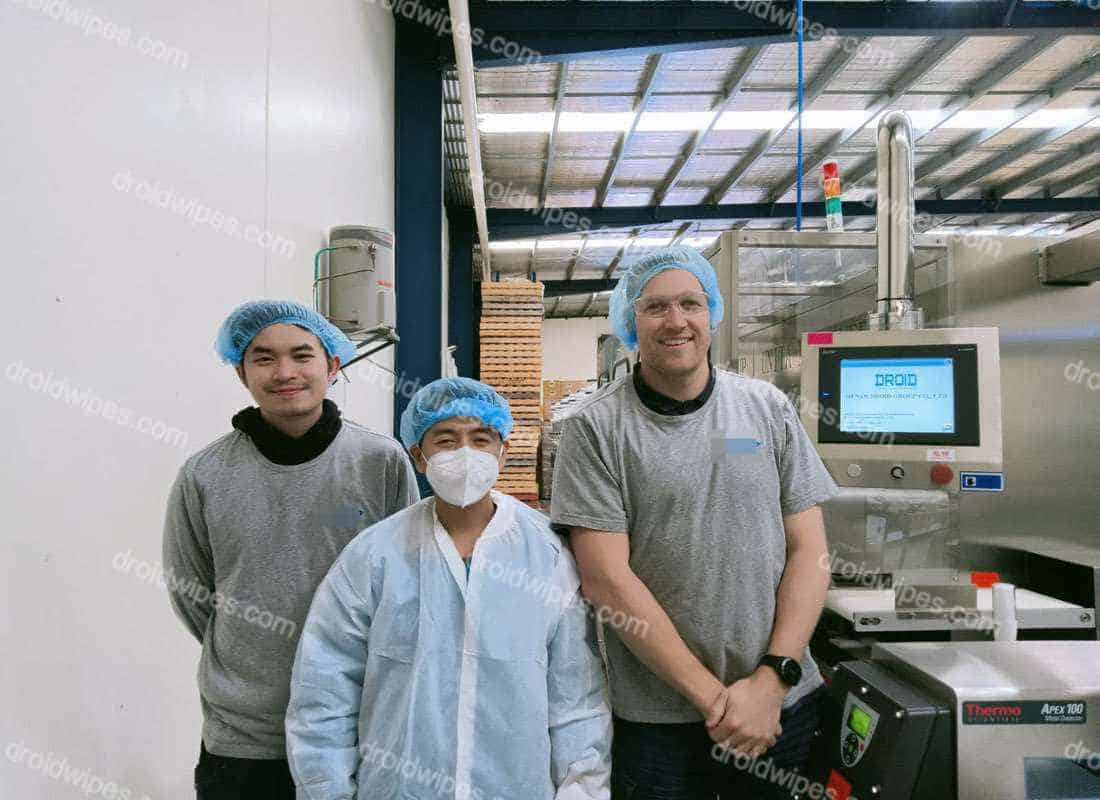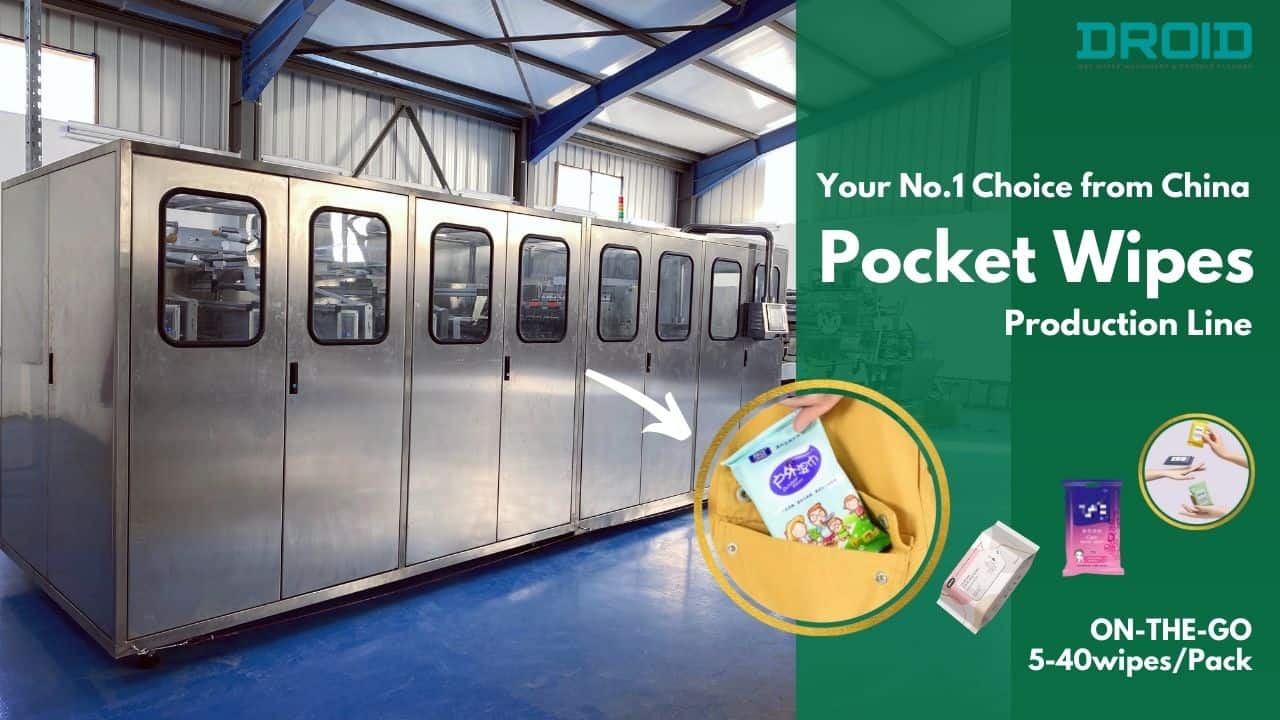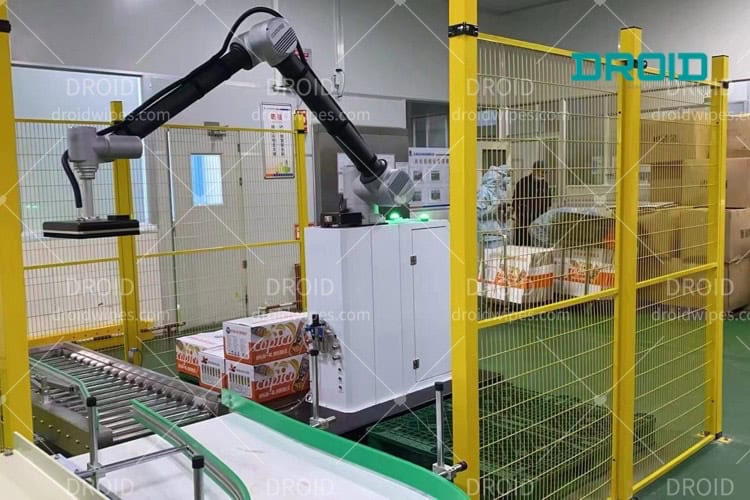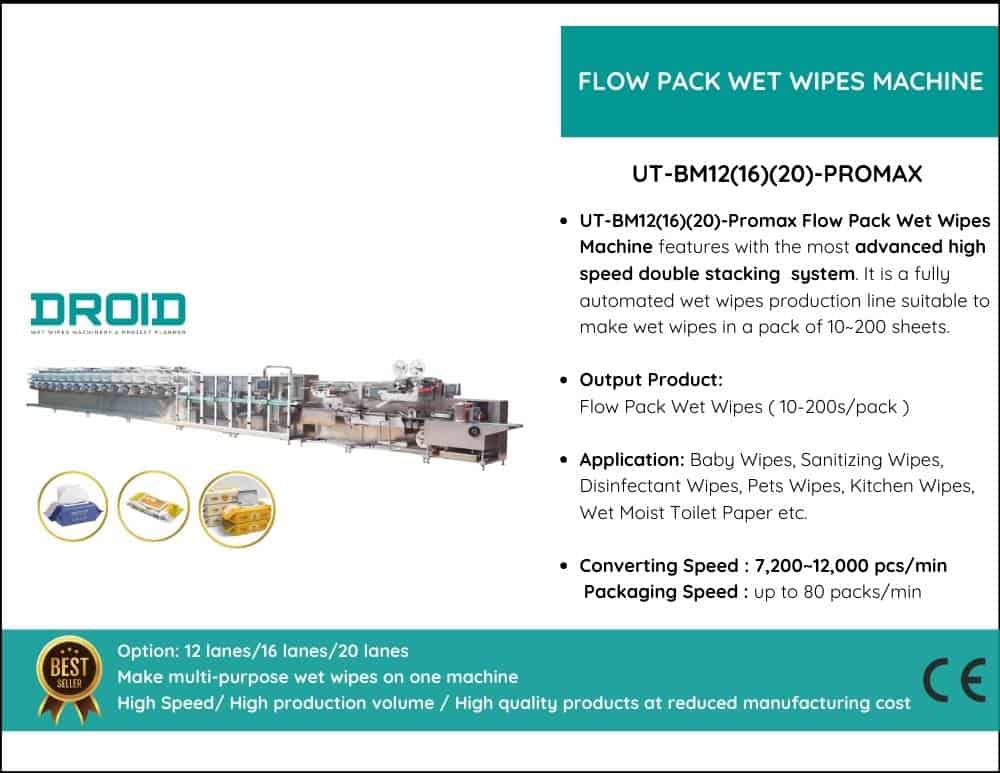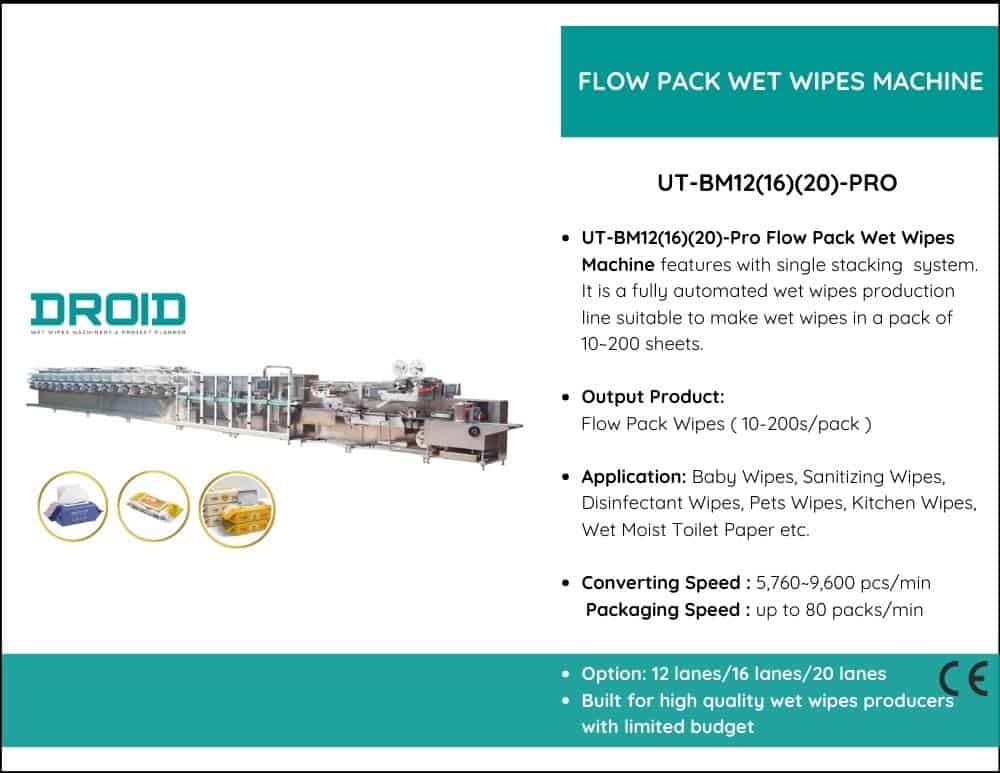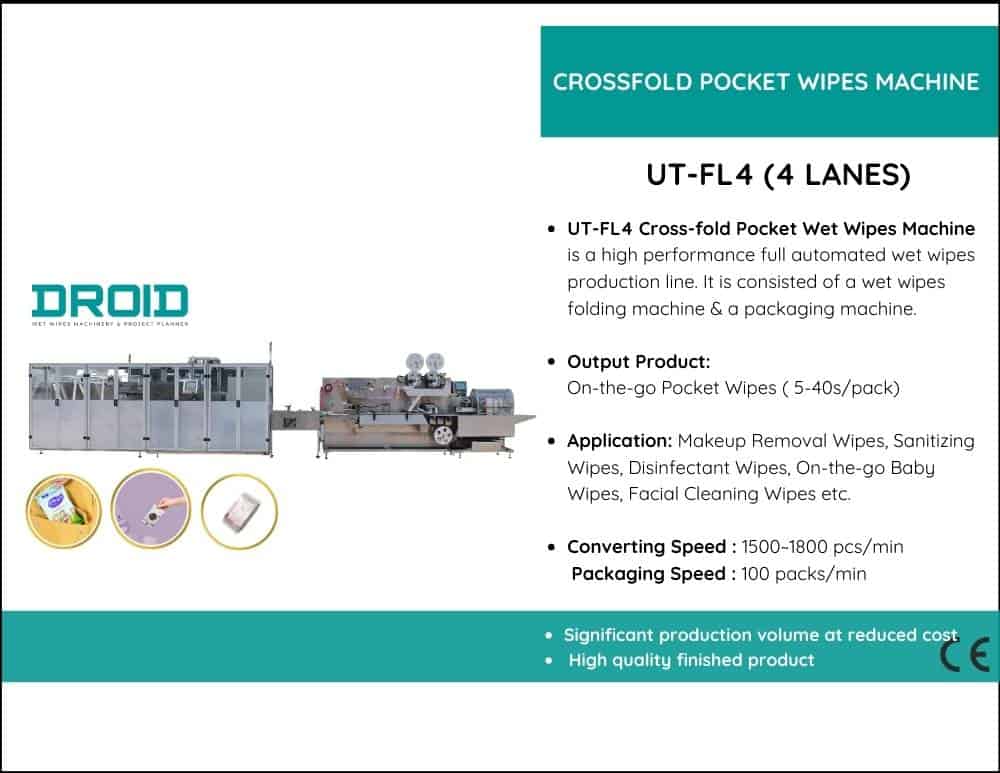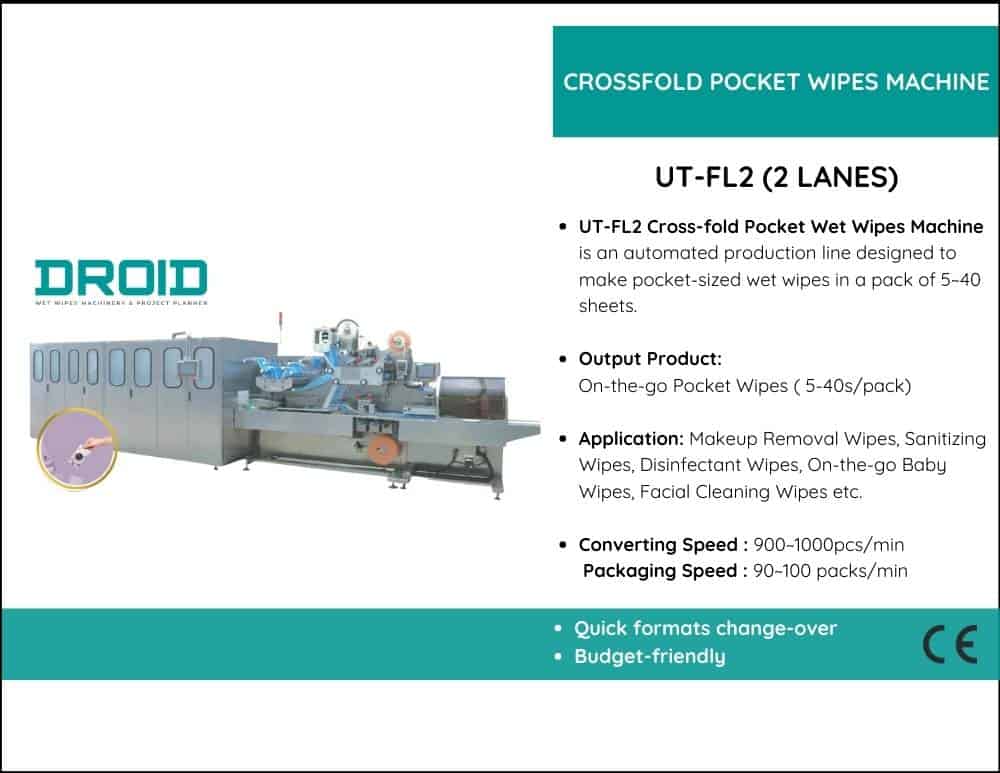The control system, sometimes known as the “brain” of a wet wipes manufacturing machine, is responsible for every flawless fold, precise cut, and tight seal.
A PLC (Programmable Logic Controller), an industrial computer that manages all operations, from fabric feeding and liquid dosing to cutting, packaging, and sealing, is the foundation of most modern wet wipes machines. Several sensors and detectors positioned along the line provide input to the PLC, guaranteeing that the process operates smoothly and that faults are identified immediately.
A touchscreen HMI (Human-Machine Interface) allows operators to communicate with the machine. They can fine-tune moisture levels, adjust wipe size, regulate production speed, and address issues in real-time with this user-friendly panel.
Many machines also feature automated alerts and stop functions for quality and safety assurance. To prevent damage or faulty goods, the system stops production if a roll runs out, liquid levels drop, or a misfeed occurs.
Some more sophisticated versions also connect to IoT platforms or remote monitoring systems, allowing personnel to monitor performance, receive maintenance notifications, and adjust settings remotely.
To put it briefly, the control system maintains steady production and minimizes downtime by ensuring the machine operates precisely, effectively, and safely.


